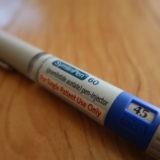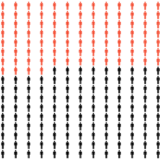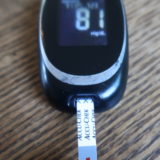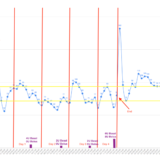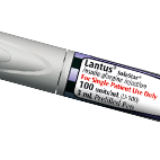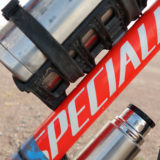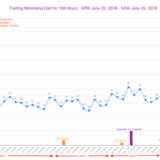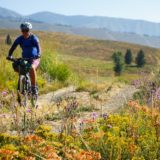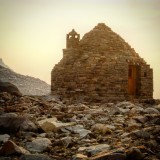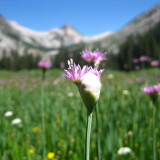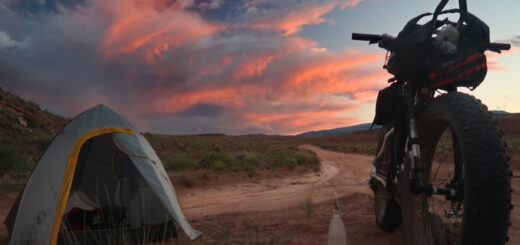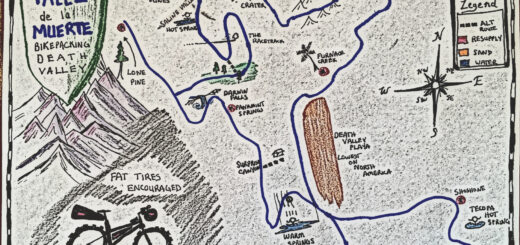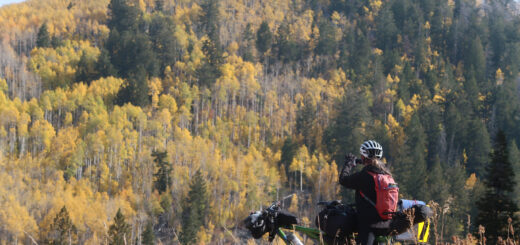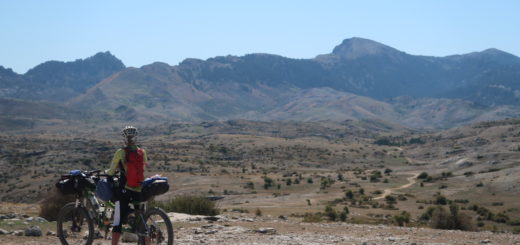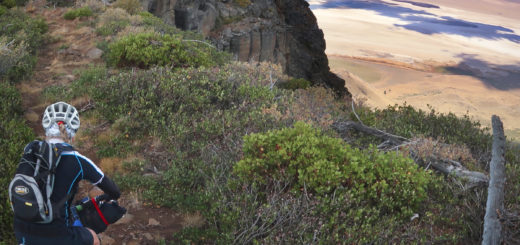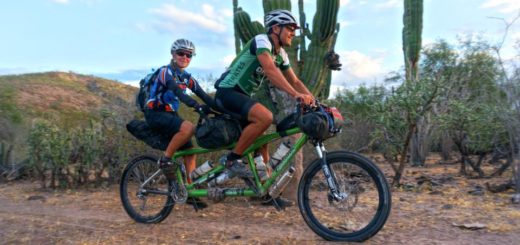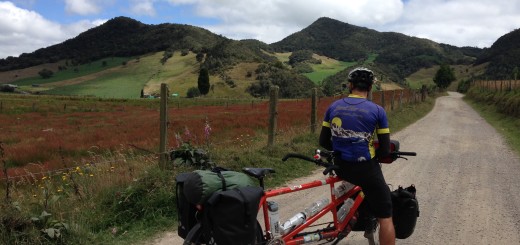01/30/2025 ICW Day 30 : A Current Affair
Currents are a very tricky aspect of inland waterways. They add lots of complexity when you consider that there are multiple inlets to the ocean. At any given moment, water can be rushing in or out of the inlet North of you, as well as the inlet South of you. Unless you’re right next to the inlet, trying to estimate the water’s speed and direction is partly based on your tide tables, and largely based on estimation and reckoning.
For example, if you are 6 miles South of an inlet, and your highest tide at your position happens at 9AM, you would THINK that the current also turns around at 9AM… but that isn’t exactly how it works. The water has a sort of inertia, kind of like pushing on a string. A bolus of water is still flowing in - even after the highest tide - even though the water doesn’t rise higher, the flow is still inbound. The same delayed reaction happens on the opposite end.
When you have power (either through pedal, sail, or motor), you can potentially overcome a certain degree of current. In our situation today, though, the speed of the current matched our pedaling ability of about 4mph. We don’t have a motor, and the wind was very light and straight on the nose.
Since we had so little brawn, we had to scrape by on what little brain power we had.
We did a short jaunt from our camp to the nearby park. Janet walked in search of a closed coffee shop while I attended to rudder repair. The sun felt great, and this killed enough time that I could see the boats anchored by their bow just barely starting to turn 180 degrees - in our favor.
The problem was that once we reached the inlet, a favorable current would suddenly be unfavorable as a river of water flowed the opposite direction once we passed the inlet.
We experienced a few shallows as the water went away. I coerced Janet into taking an extended lunch break to wait out the flow. I promised her we would be flying along at 5MPH if we waited until 3:30 PM.
We had an enjoyable lunch and then walked to explore the nearby trails and lighthouse. It was fun. But when we got back to the boat, the river of water was still against us, albeit not as strongly.
I know the water will turn eventually… but now we were jeopardizing the opportunity of finishing before dark. We got in and pedaled, also trying to make the most of a few wisps of wind that drove us towards the planned campsite.
I really enjoy the science and planning of it all. I just wish that nature worked better with the typical diurnal mammals sleep/wake schedule. We landed just before dark. Our routine and teamwork has improved over the past month, so we got our camp set up as efficiently as ever. The good news is that tomorrow, we have power from the South. That means we can make a big leap through a section that is mostly houses again - into a more natural section. Also, there are constrictions in the waterway, and the next inlet isn’t for 48 miles. I predict that this means softening currents and less dramatic tidal ranges (so there won’t be long portages from boat to camp). There is so much to think about each day, it is quite stimulating for the mind.
For example, if you are 6 miles South of an inlet, and your highest tide at your position happens at 9AM, you would THINK that the current also turns around at 9AM… but that isn’t exactly how it works. The water has a sort of inertia, kind of like pushing on a string. A bolus of water is still flowing in - even after the highest tide - even though the water doesn’t rise higher, the flow is still inbound. The same delayed reaction happens on the opposite end.
When you have power (either through pedal, sail, or motor), you can potentially overcome a certain degree of current. In our situation today, though, the speed of the current matched our pedaling ability of about 4mph. We don’t have a motor, and the wind was very light and straight on the nose.
Since we had so little brawn, we had to scrape by on what little brain power we had.
We did a short jaunt from our camp to the nearby park. Janet walked in search of a closed coffee shop while I attended to rudder repair. The sun felt great, and this killed enough time that I could see the boats anchored by their bow just barely starting to turn 180 degrees - in our favor.
The problem was that once we reached the inlet, a favorable current would suddenly be unfavorable as a river of water flowed the opposite direction once we passed the inlet.
We experienced a few shallows as the water went away. I coerced Janet into taking an extended lunch break to wait out the flow. I promised her we would be flying along at 5MPH if we waited until 3:30 PM.
We had an enjoyable lunch and then walked to explore the nearby trails and lighthouse. It was fun. But when we got back to the boat, the river of water was still against us, albeit not as strongly.
I know the water will turn eventually… but now we were jeopardizing the opportunity of finishing before dark. We got in and pedaled, also trying to make the most of a few wisps of wind that drove us towards the planned campsite.
I really enjoy the science and planning of it all. I just wish that nature worked better with the typical diurnal mammals sleep/wake schedule. We landed just before dark. Our routine and teamwork has improved over the past month, so we got our camp set up as efficiently as ever. The good news is that tomorrow, we have power from the South. That means we can make a big leap through a section that is mostly houses again - into a more natural section. Also, there are constrictions in the waterway, and the next inlet isn’t for 48 miles. I predict that this means softening currents and less dramatic tidal ranges (so there won’t be long portages from boat to camp). There is so much to think about each day, it is quite stimulating for the mind.
Photos:

We got caught on a shoal.. but this was actually by design. If we had headed into the waterway on the other side of the island, the current would have been too strong for our muscles and without wind to power our sail, we would have drifted backwards. Here you see Janet walking the boat, which is much easier and kind of fun for short distances.

Liberty! 🗽

We took a walk after lunch to see the tallest lighthouse in Florida!

A great walk with my sweetie. This is a “saw palmetto”. I swear I’ve seen that at the Health Food Store as some sort of supplement that cures everything. Or at least Something.

Supposedly, this region of Florida is the “mosquito capital of the world.” It’s not totally living up to its reputation, though. The worst bug in Florida has been the “no-see-um,” but we only have those right before sunset, and they are tolerable. Janet and i both agreed that the sandflies in New Zealand or the biting bugs we encountered in South and Central America were 100x worse.

Vertical Panorama; wonky sail.

Landing for camp. Janet now knows how to paddle steer (when the rudder is up to avoid ground contact). We work well together to get the boat accurately to shore with our controls and pedals up - only using the sail and paddles. It’s still a decent portage on these days with strong tidal fluctuations.

Camp! Happy to be here. Things are almost always damp. This is not from splashing, though, it’s from the dew point. If the dew point is 70F, that means that dew forms on any surface that is 70F or cooler. If the night time temperature is 65F with a dew point of 70F (like pretty much every day here), that means that everything you have, no matter how “protected” gets wet like the outside of a glass of ice water on a humid day. Since we are adaptable humans, we are doing better at just ignoring the wetness and not wasting as much time hanging thighs to dry (doing this actually causes them to get wetter).
Strava Comments:
Janet W.
I’m glad we finally beat the unruly current and made it to our damp camp at dusk. It’s cozy in our big tent. To captain Brian from first mate Janet
Jesse B.
You guys are super humans!
Osman I.
Great explanation of the science of tidal currents! So, there is a time period when water flows uphill? (Wow!) Water has inertia and elasticity (hence the slow travel speed of tsunamis), but the primary factor for the delayed response of tidal currents may be viscosity. Perhaps, more advanced tide tables could be made to indicate both the magnitude and phase of the tides (I am assuming that the time delay between peak height and peak current would be calculable from the variable period of the tide and a phase that is a unique constant for each inlet.)
Corrine L.
Saw palmetto is supposed to be good for prostate problems like enlarged prostate. Does it work? Studies say probably not.
Brian L.
Osman Isvan - I don’t understand it well, or know how to describe the phenomenon.. but I’ve seen it before when we were kayakers - that you can’t just say high/low tide is when the current switches. This was significant by over an hour. You could argue that the tide table is wrong, but the actual height of the water is probably correct - especially if you’re near a tide station (we were near two, in fact). Here is what ChatGPT says :
It might seem that way, but what’s actually happening is that the water still has momentum from the rising tide. Even though the tide has technically peaked, the force driving the water inland hasn’t fully dissipated yet.
Water doesn’t need to “flow uphill” in the traditional sense because sea level isn’t a perfectly flat surface—it’s a dynamic system influenced by tides, wind, and river flow. When the tide is rising, it creates a temporary slope where the water level is higher at the ocean and lower upstream, pushing water inland. When high tide is reached, that slope doesn’t instantly reverse; the water still moves inland for a while due to inertia before it starts flowing back out.
Think of it like a wave crashing on the shore: even after the wave peaks, water keeps surging up the beach for a moment before gravity pulls it back. In a tidal river, the same principle applies, just on a larger scale.
Osman I.
Interesting! Whether the delay is caused by inertia or viscosity, the outcome should be deterministic. So, one would think that tide charts could be made to indicate peak height as well as peak current.
Osman I.
This is also from ChatGPT (useful links to Wikipedia pages are, of course, removed by Strava. I am adding them in an encoded way, and one will not need AI to break the code). Here it is:
Osman said: Does a tide chart show the direction of the tidal current?
ChatGPT said:
Tide charts primarily display the predicted times and heights of high and low tides, focusing on vertical tidal movements. They do not typically provide information about the horizontal movement of water, known as tidal currents, including their direction and speed.
To obtain details about tidal currents, mariners use resources such as tidal current tables, tidal stream atlases, or nautical charts featuring tidal diamonds. These tools offer information on the direction and speed of tidal currents at specific locations and times. For example, tidal stream atlases present a series of diagrams showing tidal flow directions and speeds for each hour of the tidal cycle, using arrows to indicate direction and numbers to denote speed.
slash wiki/tidal_Atlas
Similarly, nautical charts often include tidal diamonds—symbols that provide data on tidal current direction and speed at designated points on the chart. Each tidal diamond corresponds to a table that details the current's set (direction) and drift (speed) for different hours relative to a reference tide.
slash wiki/Tidal_diamond
Therefore, while tide charts are essential for understanding tidal heights, additional resources are necessary to accurately assess tidal current directions and speeds.
Osman I.
Well, Strava is getting cleverer in its efforts to degrade our communications. So, not only did it remove the paragraph returns, but it also removed the "dead" parts of the hyperlinks that were visible in my comment until I posted it. So you need to insert a "Wikipedia...dot...org" prefix before the "slash" in the URL of each link.
Ride Stats:
| Elapsed Time | Moving Time | Distance | Average Speed | Max Speed | Elevation Gain | Calories Burned |
|---|---|---|---|---|---|---|
|
09:07:40
hours
|
05:17:00
hours
|
23.32
km
|
4.41
km/h
|
11.06
km/h
|
39.00
meters
|
1,112
kcal
|









